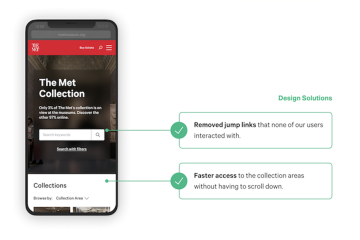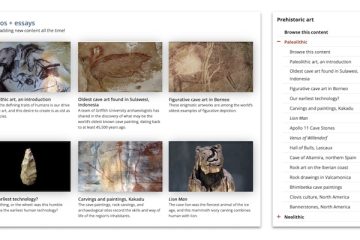How Does It Work?
Students work in separate teams to combine Google Analytics and HotJar data with an eye-tracking usability study to understand users' behaviors, interaction patterns, and visual attention. The studies are primarily quantitative in nature and will involve 6-10 participants representing your target audience.
Project Duration: Full semester (15 weeks)
Availability: Fall and Spring
Ideal For: Organizations who want to gain deeper insights into their users’ behaviors and visual attention when interacting with a mobile- or desktop-based digital interface. Must be able to provide access to Google Analytics and install HotJar tracking code.
What You Get: A set of 3-4 usability reports with design recommendations and related documentation.
Project Process
01
Research Planning
Create a research plan outlining the study goals and structure, based on client’s needs/goals and primary target audiences.
02
Behavior Analytics
Analyze data from Google Analytics and HotJar to identify site-level behavior trends and page-level behavior patterns.
03
Eye-Tracking Studies
Conduct 6-10 moderated in-person user testing sessions with eye-tracking technology.




